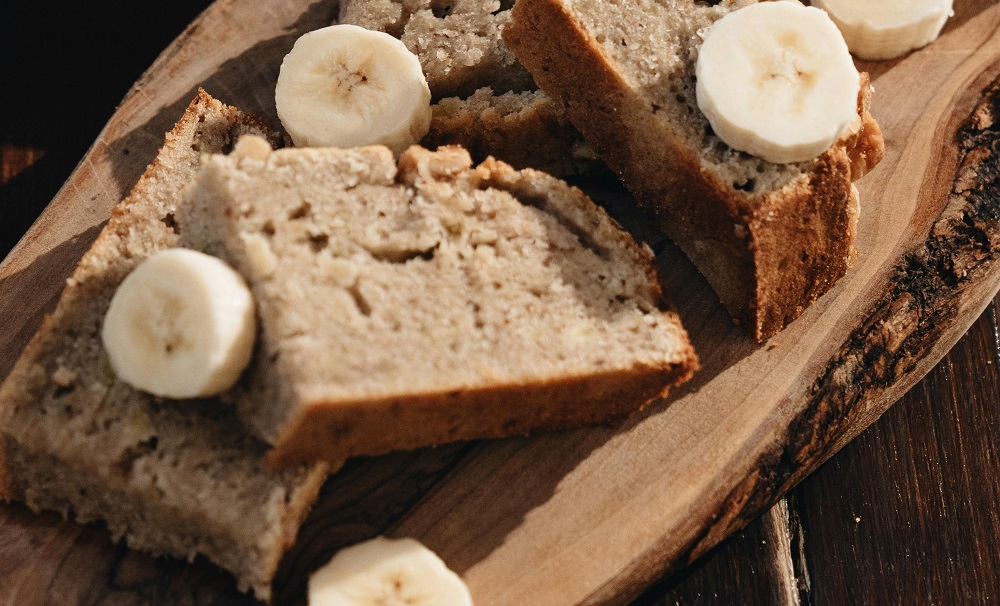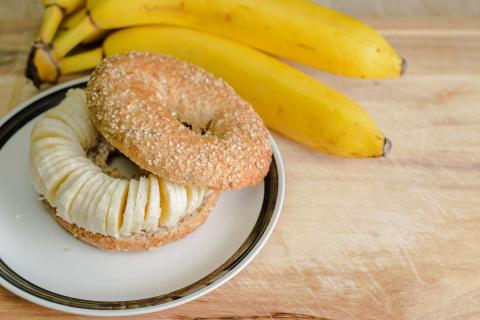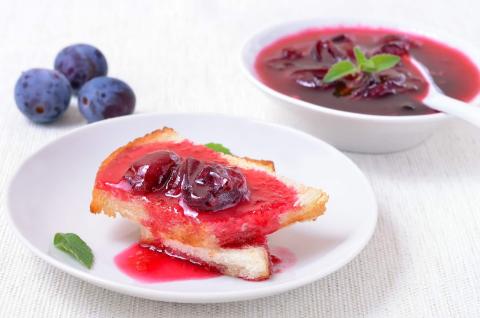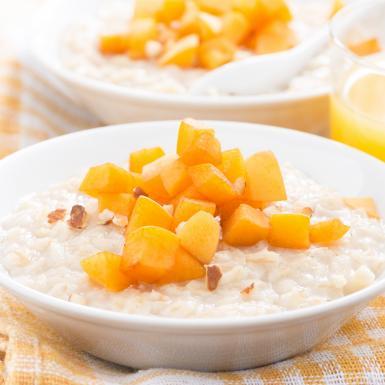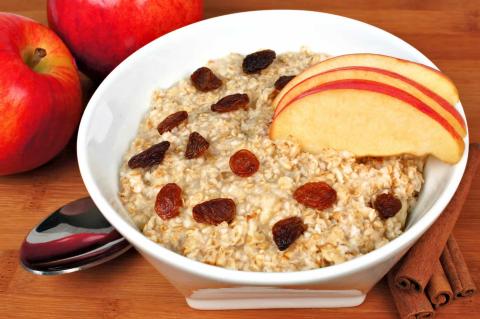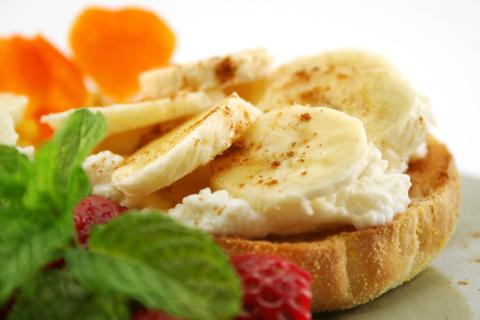- 3 Medium Sized (300g) Bananas
- (30g) Low Fat Spread
- (30g) Sugar
- 1 Egg
- (120g) Plain Flour
- (40g) Wholemeal Flour
- (8g) Baking Powder
- (90g) Sultanas
Ingredients
Allergy Disclaimer
Always check the label of each ingredient for allergy warnings.
Method
- Turn oven on to 190°C / 170°C fan oven / 375°F / gas mark 5.
- Using a spoon, mix the low fat spread and sugar together in a large bowl for about 2 minutes.
- Add the egg and mix it all together. Gradually add sifted flour and baking powder whilst continuing to mix until a smooth consistency is reached.
- Mash bananas and stir into mixture along with the sultanas.
- Transfer mixture to a loaf tin lined with greaseproof (baking) paper and bake in oven for approximately 35-40 minutes until risen and golden brown.
- Once cooled slice and serve.
Time Saver Tips
To make life easier, why not make this in advance? You can store it in an airtight container once cooled, or even make in bulk to freeze.
Cost Saver Tips
Next time you have some overripe bananas left over, this is a great way to put them to good use.
Tips for Kids
Little ones love helping in the kitchen – particularly mixing and mashing! As this recipe contains added sugar it’s best kept to mealtimes.
Nutritional Information
Based on a single serving of 85g (% of an adult's reference intake)
Energy
203 kcals ( 10 %)
853 kJ ( 10 %)
Fat
0.7 g ( 4 %)
Saturates
42.9 g ( %)
Sugar
25.8 g ( 29 %)
Salt
0.4 g ( 7 %)
Detailed nutritional information
| Per 100g | Per 85g serving | |
|---|---|---|
| Energy Kcals | 239 | 203 |
| Energy Kj | 1,004 | 853 |
| Protein | 4.9 g | 4.2 g |
| Total Fat | g | g |
| Saturated Fat | 0.8 g | 0.7 g |
| Carbohydrates | 50.5 g | 42.9 g |
| Total Sugars | 30.4 g | 25.8 g |
| NSP Fibre | 2.1 g | 1.7 g |
| Sodium | 197 mg | 167 mg |
| Salt | 0.5 g | 0.4 g |
Find out about nutritional labelling
Nutrition labels on the front of packaging
- Most of the big supermarkets and many food manufacturers display nutritional information on the front of pre-packed food.
- Front of pack nutrition labels provide information on the number of grams of fat, saturated fat, sugars and salt and the amount of energy (in kJ and kcal) in a serving or portion of a recipe.
- The labels also include information about reference intakes (expressed as a percentage) which are guidelines about the approximate amount of particular nutrients and energy required for a healthy diet.
- The colour coding tells you at a glance if the food has high (red), medium (amber) or low (green) amounts of fat, saturated fat, sugars and salt.
- The more greens on the label, the healthier the choice
- Amber means neither high nor low, so you can eat foods with all or mostly ambers on the label most of the time.
- Reds on the label means the food is high in that nutrient and these are the foods we should cut down on. Try to eat these foods less often and in small amounts.
Food shopping tips
If you’re trying to decide which product to choose, check to see if there's a nutrition label on the front of the pack. This will help you to quickly assess how your choices stack up. You will often find a mixture of red, amber and green colour coding for the nutrients. So when you're choosing between similar products, try to go for more greens and ambers and fewer reds if you want to make a healthier choice.
 Activities & Play
Activities & Play Behaviour
Behaviour Childcare
Childcare Development & Growing Up
Development & Growing Up Family, Friends & Relationships
Family, Friends & Relationships Feeding Your Baby
Feeding Your Baby Food & Eating
Food & Eating Health & Safety
Health & Safety Mental Health & Wellbeing
Mental Health & Wellbeing Money & Work
Money & Work Online Behaviour & Safety
Online Behaviour & Safety Pregnancy & First Days
Pregnancy & First Days School & Education
School & Education Sleep
Sleep

